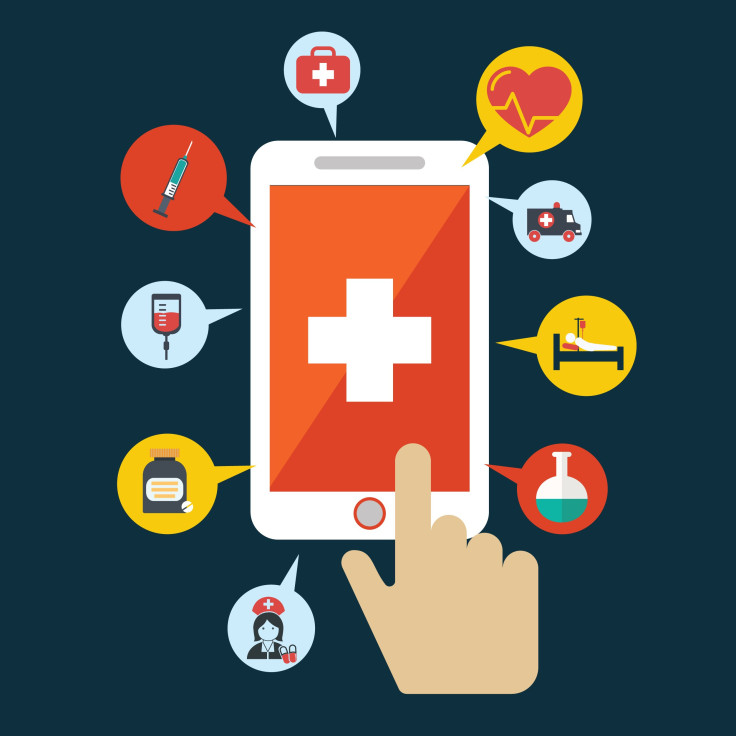Telehealth Finally Gains a Foothold in Medical Care

After 23 years running his own family practice and 5 more as chief medical officer for Walgreens, Patrick Carroll, MD, decided to take his medical expertise online. In 2019 he became CMO of the telemedicine website called Hims & Hers.
He made the jump, as explained in a blog post announcing his appointment, because he felt that the healthcare system wasn’t putting people first and that he knew “that there is a better path forward for patients and for doctors.”
Dr. Carroll was also aware, he said during a telephone interview, that as the need for primary care physicians was increasing, the supply was diminishing. With more people with chronic conditions and fewer physicians to treat them, telemedicine, he believed, could be the prescription for filling the gap. The aim isn’t for telemedicine to replace primary care doctors. Rather, companies like Hims & Hers would act like a pressure relief valve for primary care doctors by offering an alternative for quick, accessible episodic care at a reasonable price.
“We can fill in and help the primary care physician with those acute episodic visits which we can do in a high-quality way off a virtual-care platform,” he says.
Telehealth had its baptism by fire last spring. As COVID-19 forced doctor offices in large swaths of the country to close down, people turned to online sites like Dr. Carroll’s for help. Telemedicine visits, he says, went from 4% to 8% in December to an astounding 70% to 80% in March.
“What is driving that was access to care, convenience, and awareness on the consumer and provider parts of the really high patient satisfaction with telemedicine visits,” he said. “The way I look at what virtual care can do is, we are not going to be the primary care physician. We can take care of the upper respiratory infection, or the flu visit, that acute episodic care that account for about 20% to 30% of primary care visits.”
Telehealth is having a moment that has been years in the making. Telehealth, often interchangeably referred to as telemedicine or virtual medicine and can be voice only or video and voice, has been around since the early 1960s. You could argue earlier. In 1925, a cover of Science and Invention magazine depicted a physician diagnosing a patient by radio, and in the article discussed a video device that would a physician examine a patient over distance.
Loosely defined, telehealth is the delivery of healthcare services using information and communication technology for the exchange of information. Telemedicine falls under that umbrella. It links patients to doctors, nurses, social workers, pharmacists, and physical therapists, and others for a wide variety of clinical services.
Radiology and psychiatry were the first specialties to use a virtual platform. They were joined more recently by hospital-based stroke care and distance intensive care unit help. Still, as late as 2015 doctors who wanted a reach-out-and-touch-someone level of visual clarity viewed telehealth as more promise than practical.
Picture aside, other issues were holding back telehealth. Would private health insurers as well as Medicare and Medicaid pay for a virtual visit and how much (if the government programs would not)? How would doctors divide their day between in person and virtual visits? Was telemedicine even legal?
But investors ignored those unanswered questions, and instead watched what was happening at the ground level. They saw small practice primary care doctors caring for patients via tele-consulting, and hospitals that hired specialists to remotely monitor patients. Companies were selling platform technologies, software solutions and medical devices. The investors responded by pumping more than $1.5 billion into the sector in 2016. The analytics firm Tracxn estimated that more than 700 companies worldwide were flying the telehealth flag.
That same year, Healthcare Trends answered one of those questions. It predicted that health insurers would warm up to telehealth. Telemedicine would expand globally at a compound growth rate of 14.3% through 2020, allowing investors to rake in $36.2 billion. Convenience, innovation and personalized health care experience would drive the market. But the report cryptically noted there were “other forces are at work as well,” such as many U.S. states had legislation on the books requiring insurers to cover these services.
Not a mention of a pandemic, however.
The coronavirus has made confetti out of all those predictions. IHS Technology said a few years ago 70 million Americans would use telehealth by 2020; in April, Forrester Research predicted U.S. telemedicine visits would reach 1 billion this year, fueled by 900 million COVID-19 cases.
In August, Tracxn reported that $3.8 billion has been invested in telehealth in the last two years.
That private health insurers and Medicare and Medicaid – which agreed to relax its rules governing telehealth payments at the beginning of the pandemic -- has undoubtably accelerated telehealth’s ascent. If those payments stay the same, then 20% of all primary care visits probably would be via telehealth, says Mark Pauly, PhD, professor, of Health Care Management at Wharton School’s Leonard Davis Institute .
“But if they kind of crush it with lower payments for telehealth visits, then it could go back to a very low fraction” of visits,” he said.
Venture capitalists and private companies are betting on telehealth. So are some hospital health systems.
This is part 1 of a 3-part series discussing the growth, efficacy and future of the telehealth system. Part II will look at 2 hospitals that have created their own systems. Part III concerns the future of telehealth.
Published by Medicaldaily.com



























